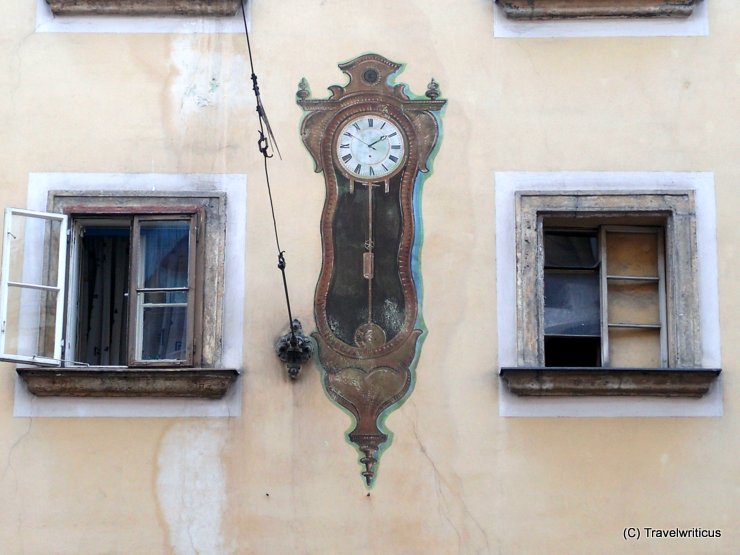
While walking through the lanes of Vienna, I came across this mural portraying a pendulum clock. I found it on the facade of a building that is considered the smallest one in Vienna.
You only see what you know (Goethe)

While walking through the lanes of Vienna, I came across this mural portraying a pendulum clock. I found it on the facade of a building that is considered the smallest one in Vienna.
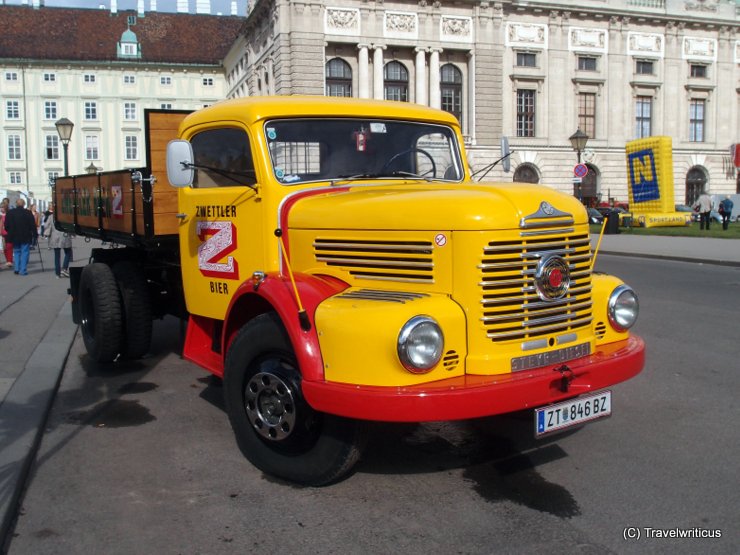
During the event waldviertelpur, I had the opportunity to look under the hood of this old gentleman. This Steyr 480 saw its construction by the Austrian company Steyr in 1966. Today, the truck operates for the Zwettl brewery, based in the region of Waldviertel. [German]
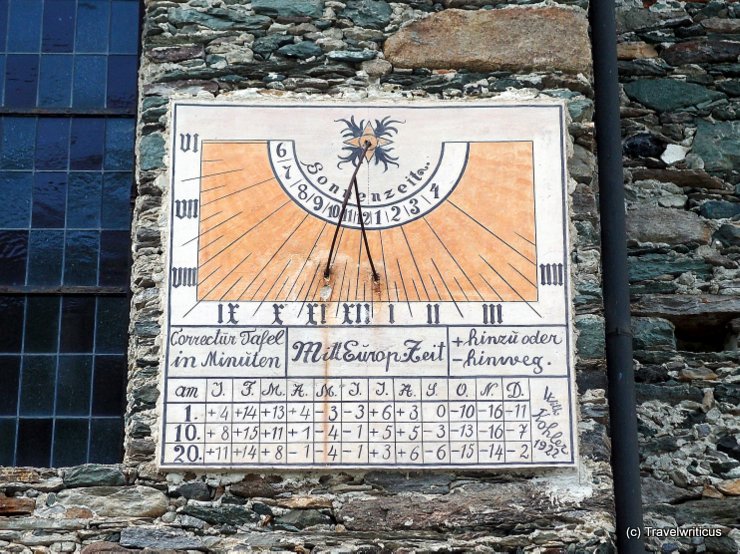
An intriguing version of a sundial seen at a chapel in Hinterbichl, a district in Prägraten am Großvenediger. The table provides info on how to calculate the exact time considering the different altitudes of the sun during the year.
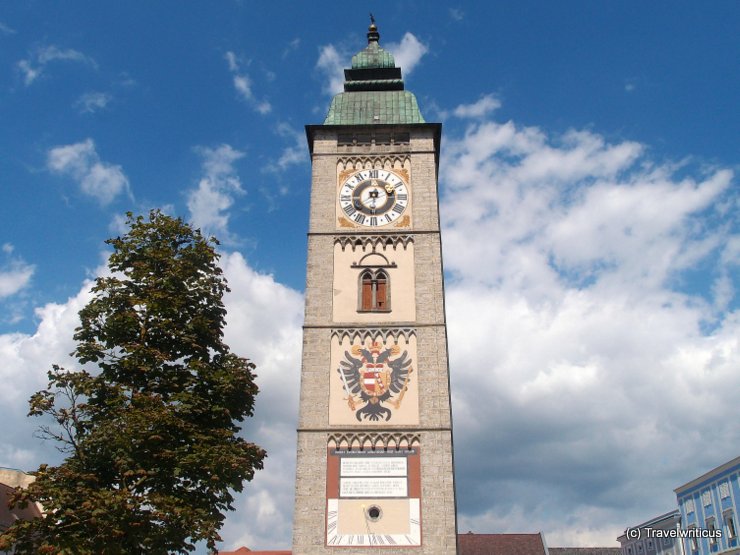
Enns is considered the oldest city in Austria. Its city landmark is the iconic municipal tower in the middle of the main square. It is widely known for its colourful emblems. For example, you see the city arms and the date of entitling with town privileges.
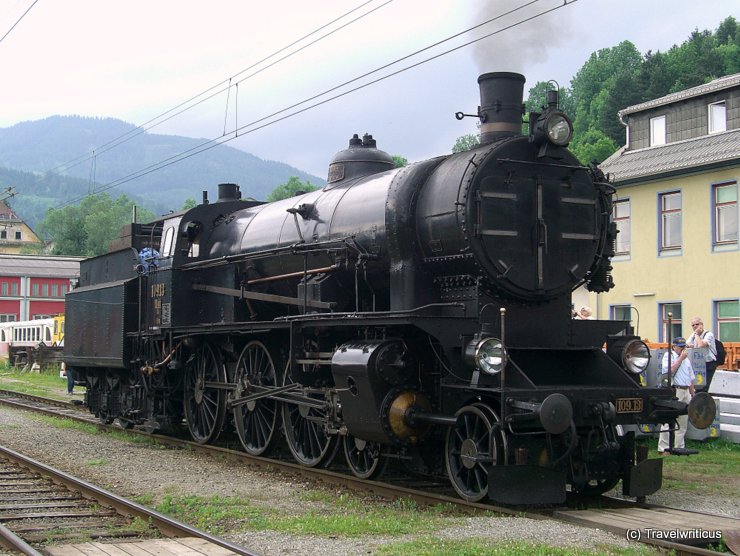
On an event at the Südbahn Museum in 2010, I saw this steam locomotive of the Class SB 109. It dates back to 1912. In the beginning the loco served for the Austrian Southern Railway Company. Today, it still runs for classic train tours.
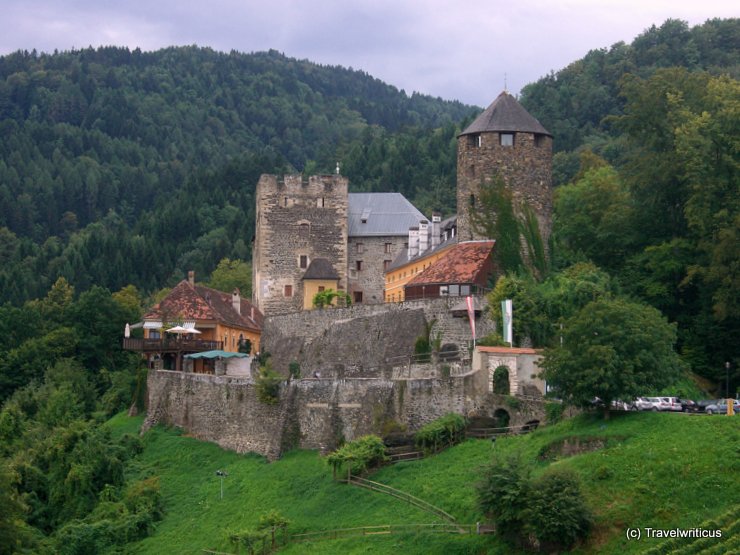
If you are interested in the people of Celts, Deutschlandsberg Castle (Schloss Deutschlandsberg) in the Austrian state of Styria is worth a visit. It houses the Archeo Norico, a museum about Celtic history.
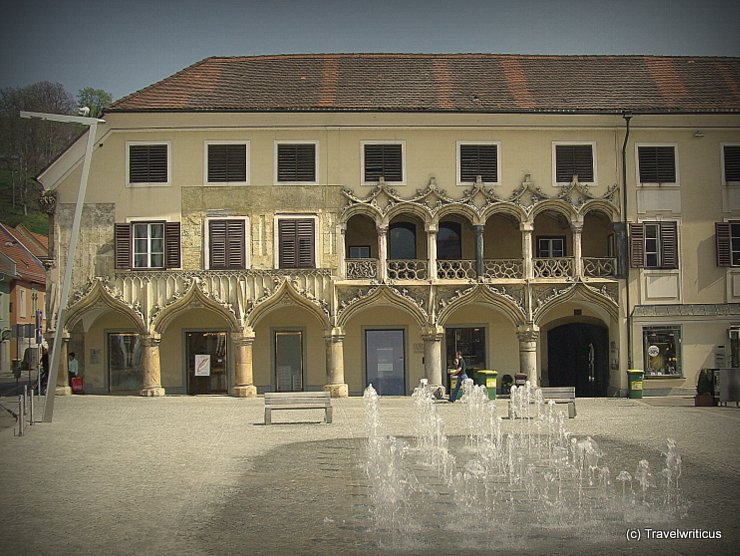
The Kornmesserhaus is one of the most beautiful Gothic secular buildings in Austria. You find the building on the town square of Bruck an der Mur. Its name originates from its first owner, Pankraz Kornmesser.
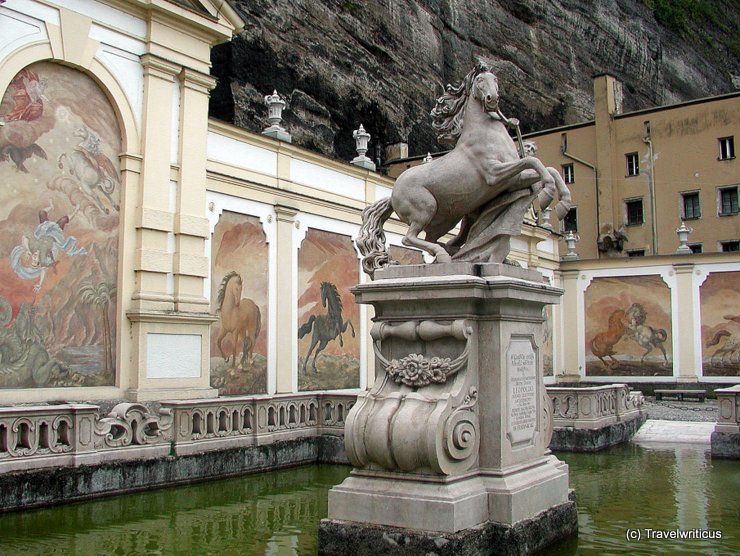
This water basin for washing horses (Pferdeschwemme) stands next to Sigmund’s Gate (Sigmundstor). The basin, generally known as Hofmarstallschwemme, was designed and built in 1693 by Johann Bernhard Fischer von Erlach.
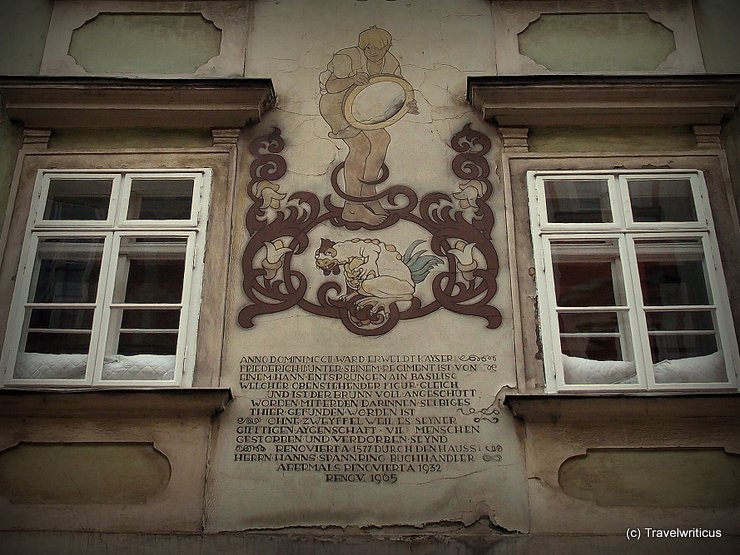
The Basiliskenhaus is situated at the Schönlaterngasse 7. The mural at this house shows a myth about a baker servant who defeated a basilisk. The fabulous creature lived in the well of the building.
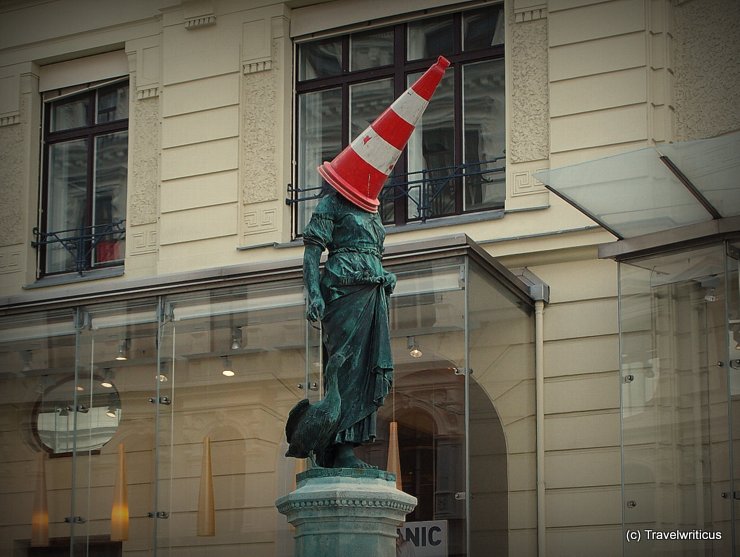
The Goose Girl Fountain (Gänsemädchenbrunnen) displays a girl with three geese. Its creator was the Czech sculptor Antonín Pavel Wagner. The fowls refer to the first site of the fountain, which was the former poultry market of the city.
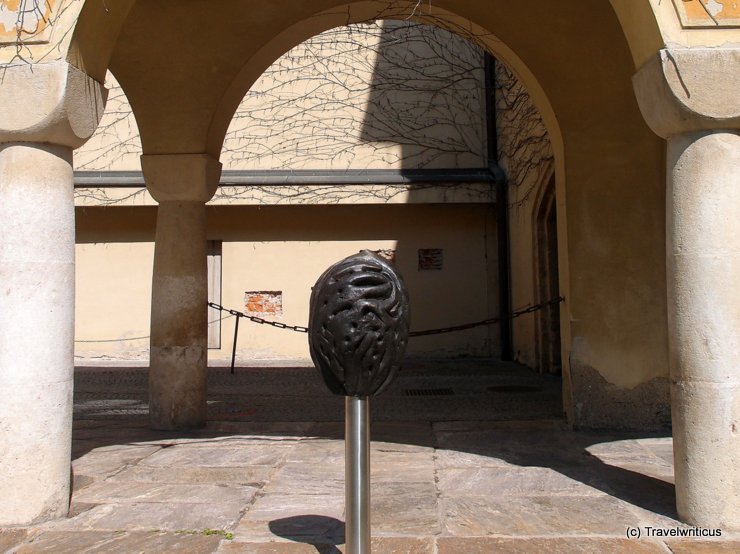
In German, we use the same word for the stone of a fruit and the centre of a city: Kern. So we say Stadtkern to talk about downtown. That’s why this public artwork in the Styrian capital made me smile.
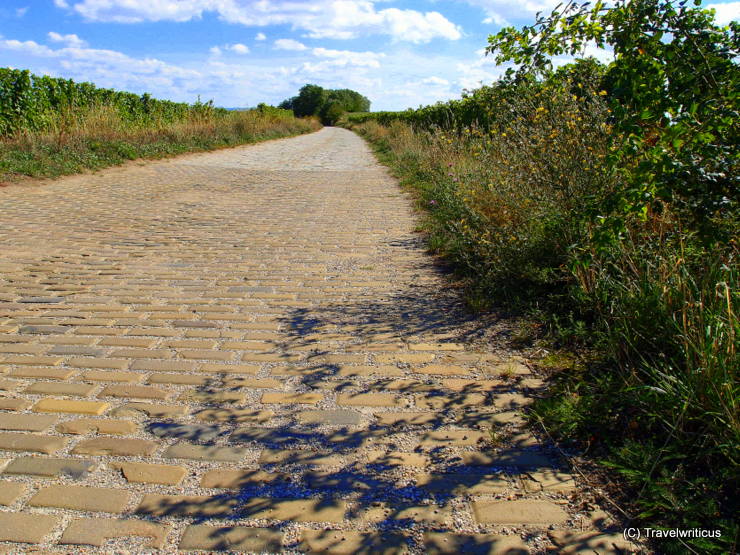
Once upon a time, some parts of Austrian roads were paved with clinker bricks produced in Schattau, the Czech Šatov today. In Poysdorf, you still find a mile with these typically yellow bricks (Schattauer Pflaster).